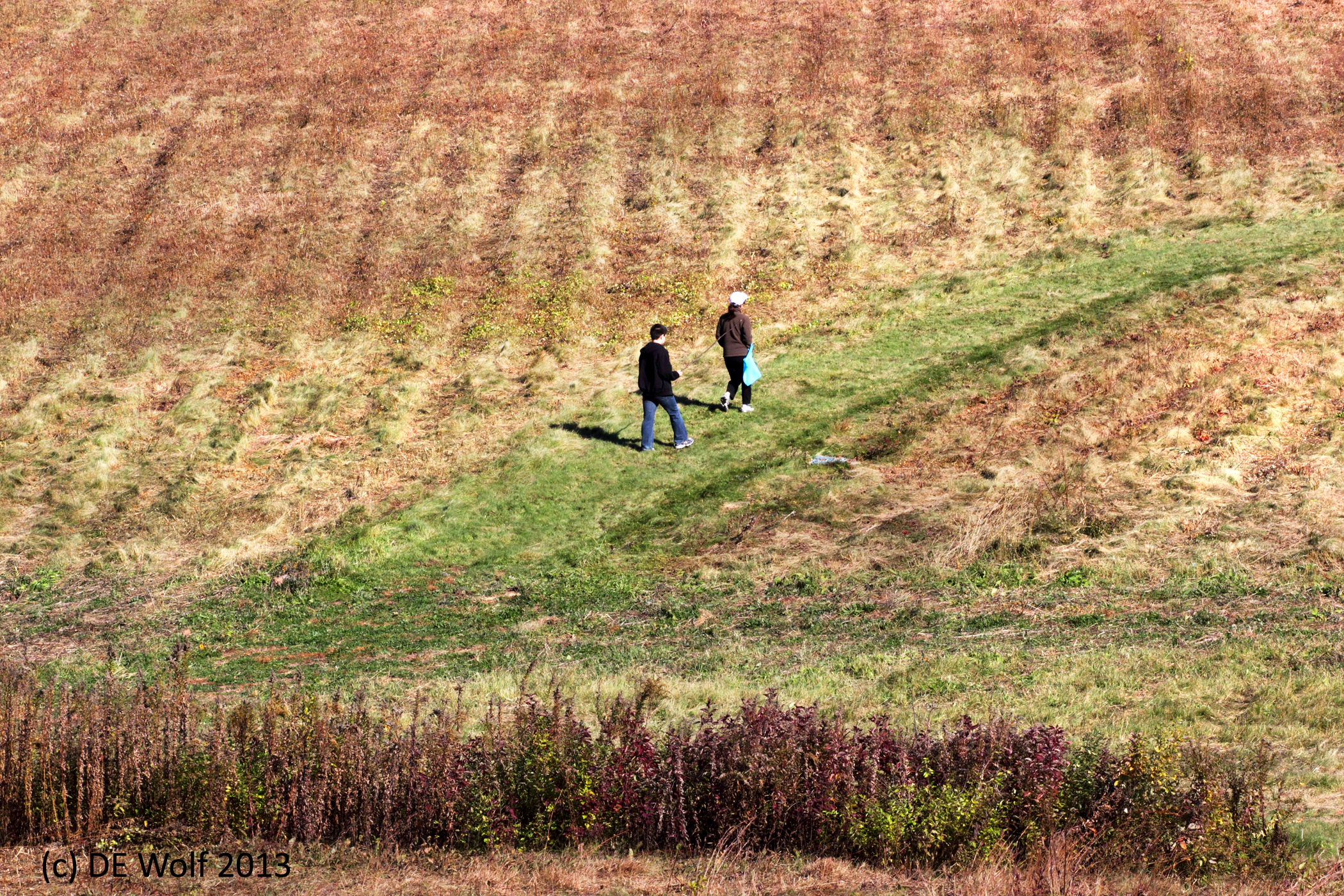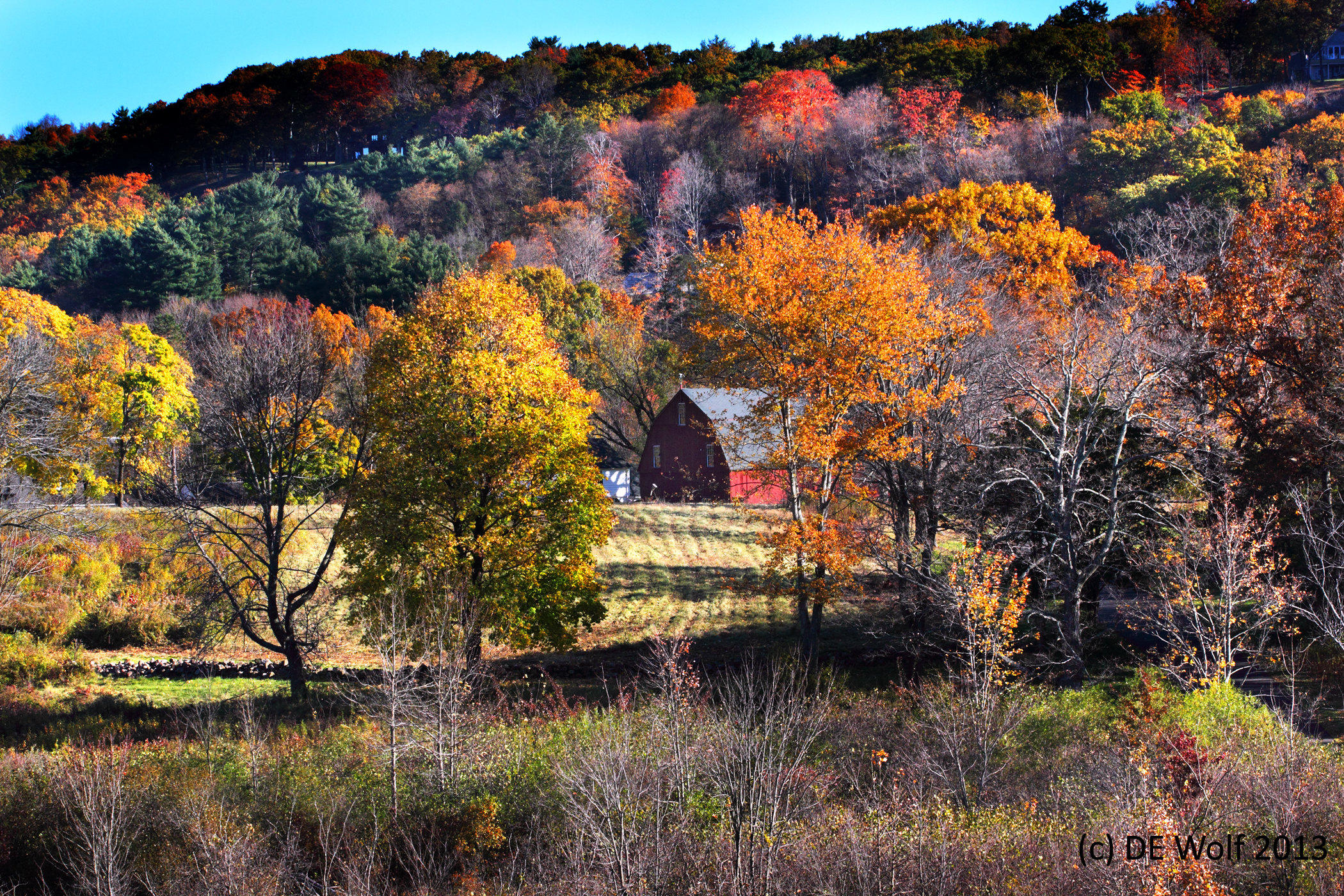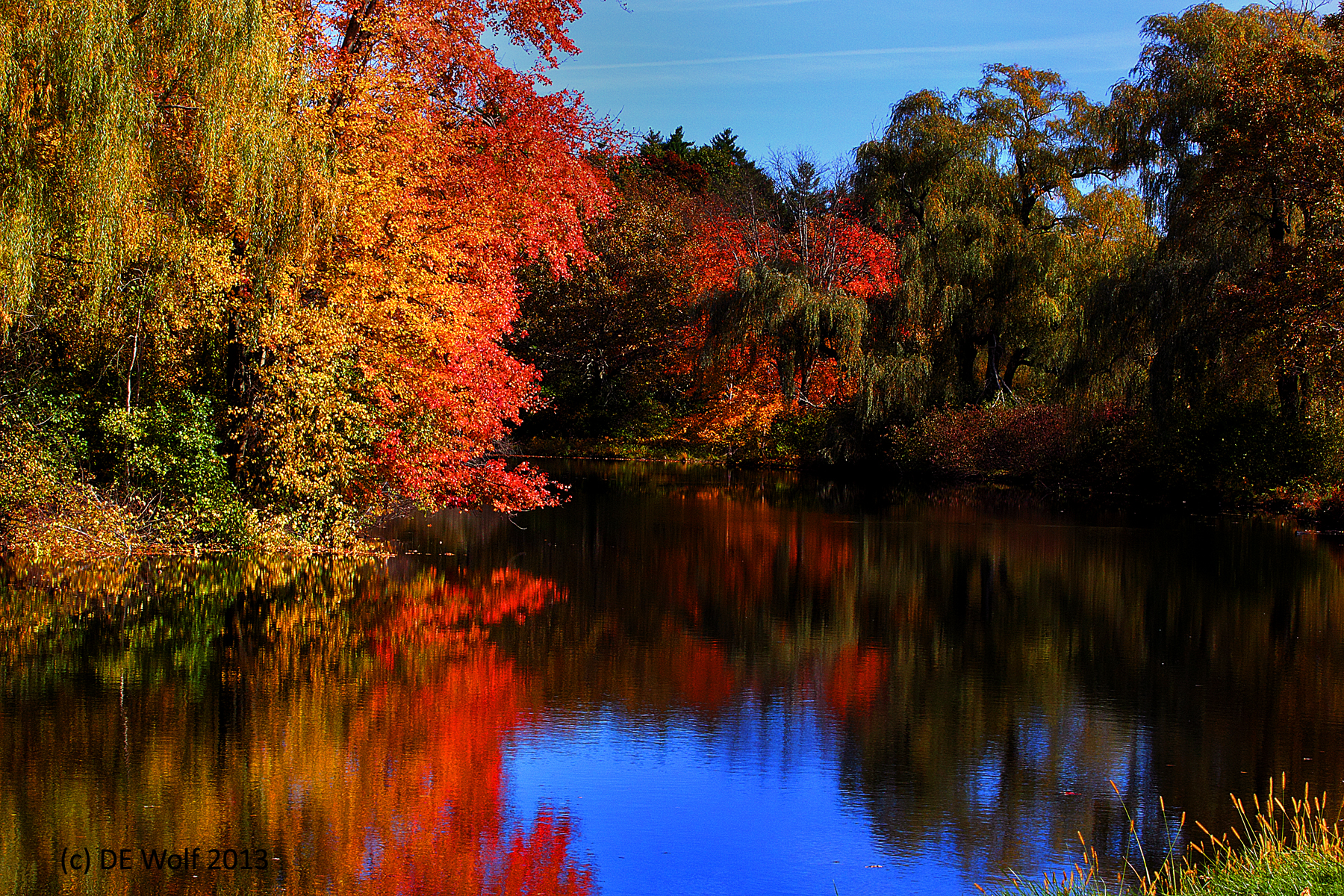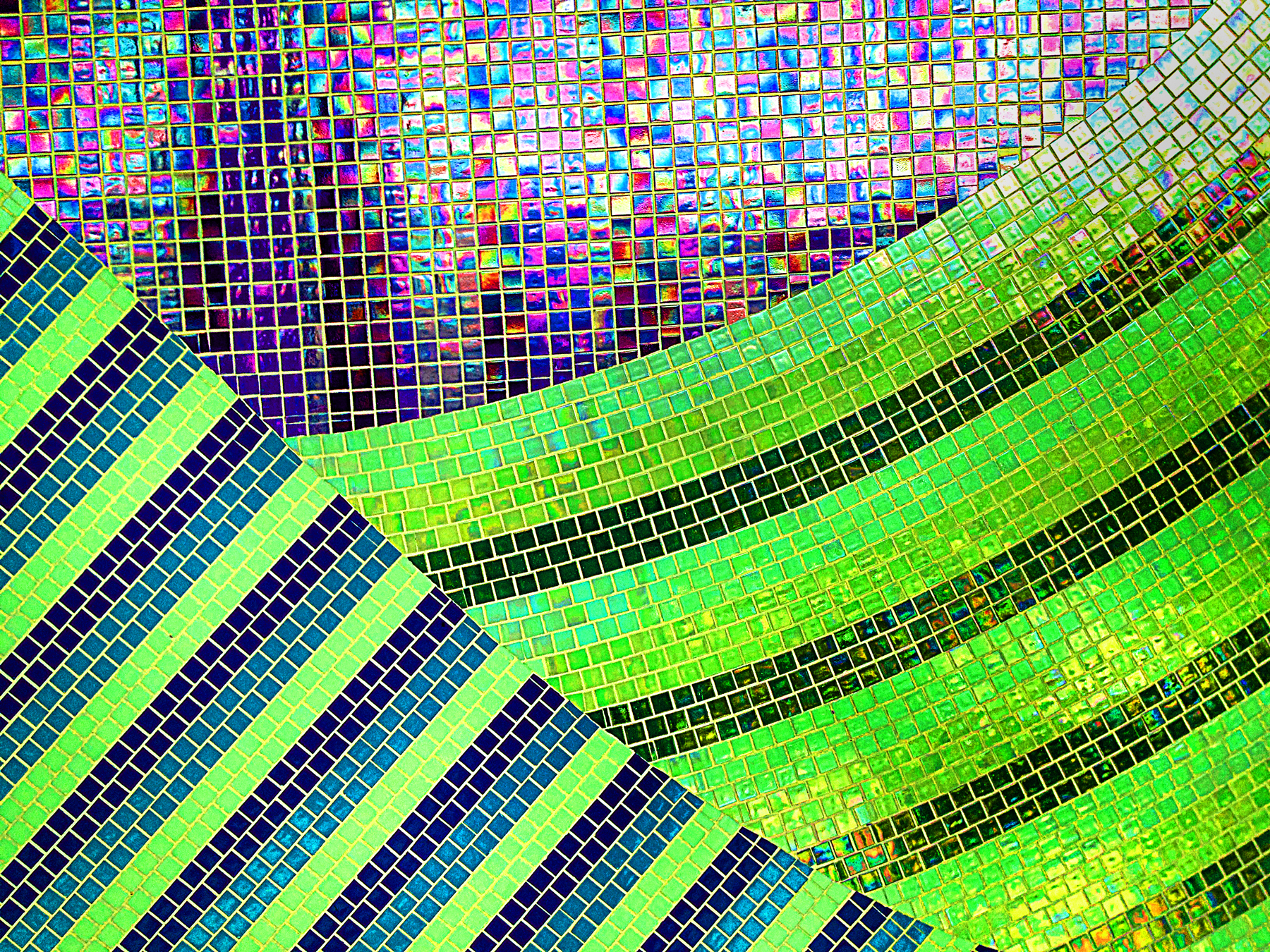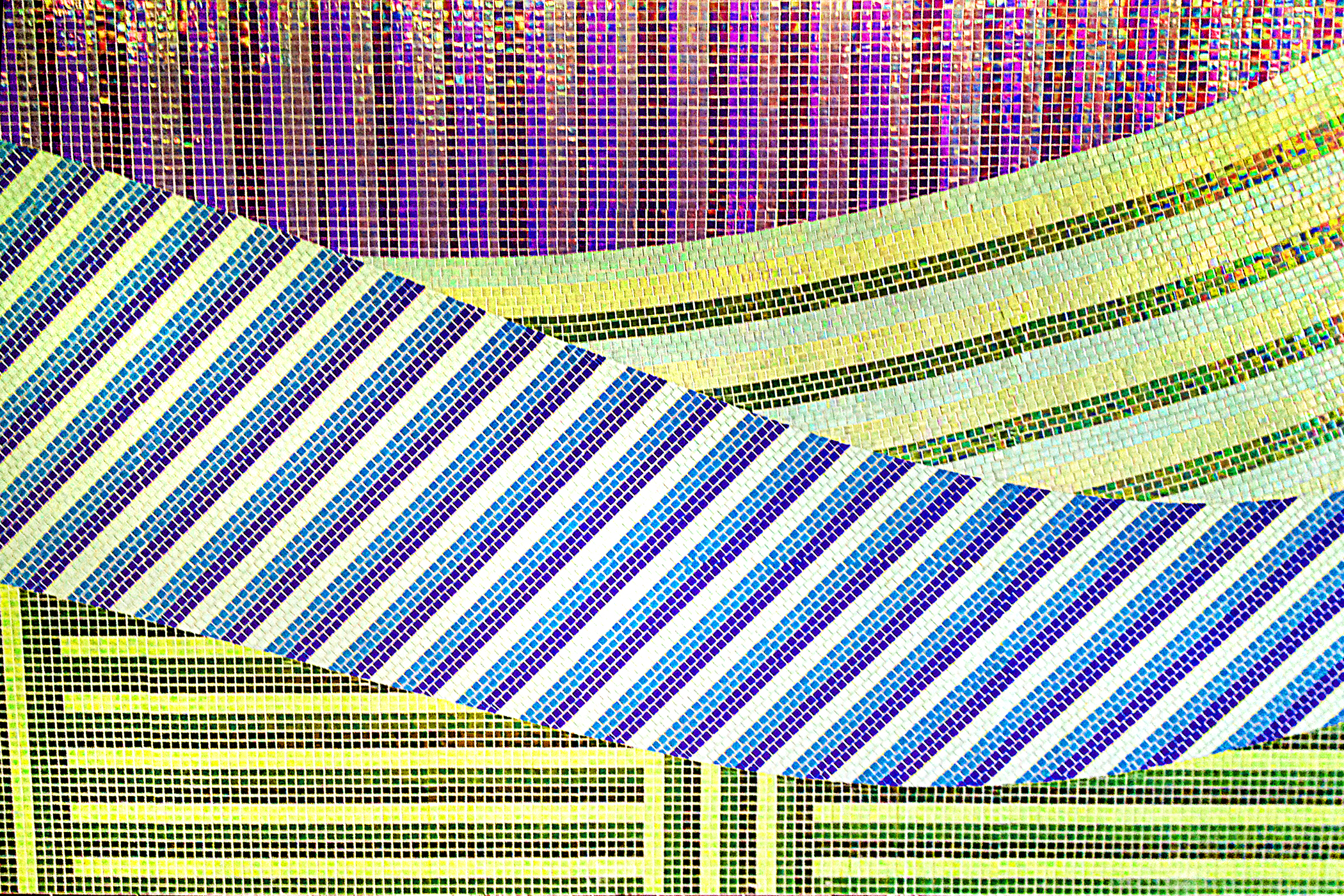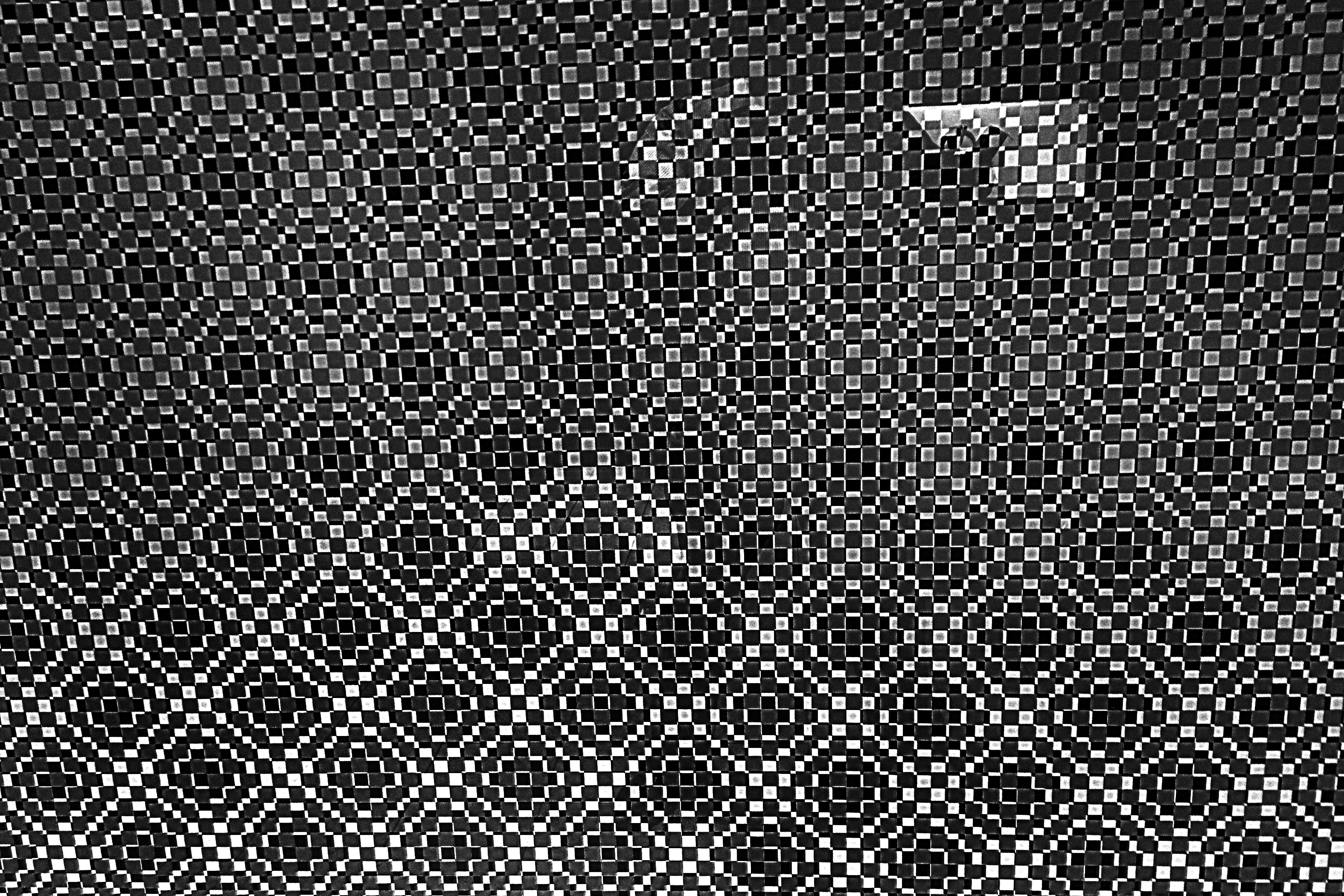We’ve spoken quite a lot, and quite enough, about the Barbie image. I’m not going to continuing beating that dead horse today. However, I came across a very interesting little video that shows just how much a little image processing or “Photoshopping” can alter a models looks and appearance. It’s really quite fascinating so I thought that I would share this time lapse video with you.
A little makeup and a few well-placed hair-extenders seem pretty harmless once you see the model’s occipital orbits widened to give her that oh so lovely Botox “deer in the headlights” look along with a quick little nose job. The digital tummy-tuck and breast enlargement are not unexpected. But then they stretch first her thighs, then her legs, and finally her neck. Yikes that must hurt and OMG it’s the Stepford Wives gone wild.
Today, at least, I’m not going to make any judgments about right and wrong, and technology gone wild, or even about unrealistic norms. Today I’m just going to marvel at the technology. However, I was going to remind you of what Hamlet said about reality, but then I came upon this quote from Plato’s Phaedrus, and it is so much more to the point. Plato was never one to trust his senses above his reason.
“Things are not always what they seem; the first appearance deceives many; the intelligence of a few perceives what has been carefully hidden.”





